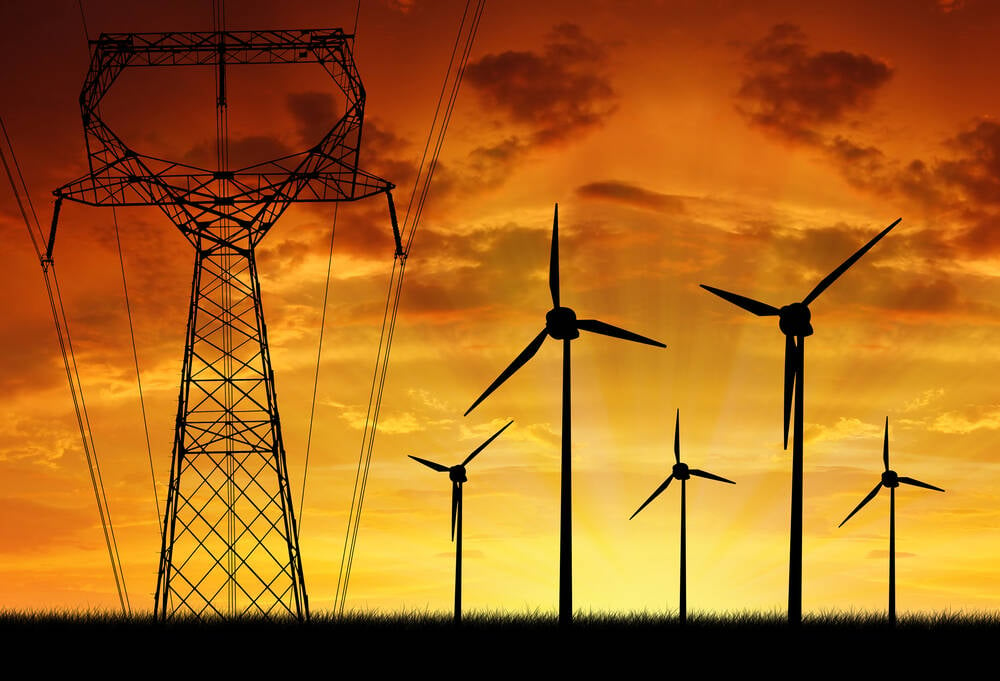World
Renewable energy provided 30% of world’s electricity in 2023

Thirty percent of the world’s electricity in 2023 was generated by renewable energy sources, according to a think tank.
The data comes from the Global Electricity Review 2024 report [PDF] authored by Ember Climate. While the 165-page document covers lots of topics, the headliner was the share of global electricity created by renewables, which for the first time ever was just above 30 percent last year.
Hitting that percentage mark was thanks to continued expansion in wind and solar energy, which represented 13.4 percent of energy generated in 2023, up from 11.9 percent in 2022. The EU, US, and Brazil accounted for much of the boost in wind and solar, but China was by far the leader, having created 60 percent and 51 percent of new sources of wind and solar respectively.
Although a new milestone has been reached for the renewable energy sector, the figures apparently fell short of expectations. Growth in wind energy declined for the second year in a row; 2021 saw wind energy increase by roughly 250 TWh while 2023 clocked in a relatively small 206 TWh boost. The combined energy rise from wind and solar at 513 TWh was just slightly lower than the 517 TWh gain seen in 2022.
In the case of solar energy, though, there are some caveats. China saw less sunlight in 2023, which limited the impact of its new solar panels, and some countries underreported their expansion of solar energy. The report says these are temporary factors, and had they not occurred, the actual increase for solar could have been around 387 TWh instead of 307.
Additionally, hydro power fell to a five-year low, dropping its share of global energy to just 14.3 percent and offsetting some of the gains made by wind and solar. Although new dams were brought online in 2023, droughts continue to make hydro energy collection much less efficient. Mexico was hit especially hard, seeing 42 percent of its hydroelectric power drop.
Wind, solar, hydro, other renewables, and nuclear together now make up 39.4 percent of the world’s electricity supply. It might not be too much longer until most energy in the world is generated by low-carbon sources.
Renewable energy can’t meet all of new demand
The Ember report also points out that while renewable and other clean energy sources made substantial gains in 2023, it wasn’t quite enough to satisfy demand, which stood at an additional 627 TWh. The lower-than-expected growth in wind and solar, the decline in hydroelectric power, and the small gain in other sources like bioenergy meant a 135 TWh increase in fossil fuels was necessary to meet demand.
This was despite the fact that the relative increase in power demand in 2023 was just 2.2 percent, a little lower than the 2.5 percent average seen from 2012 to 2022.
The vast majority of increased demand came from China, at 606 TWh, well ahead of India at 99 TWh. Meanwhile, power demand in the US, EU, Asia-Pacific, and Africa fell somewhat. Of course, China also built lots of wind and solar infrastructure to meet its own demand.
2023 may have seen a drop in global carbon emissions if wind and solar had met expectations, if there hadn’t been droughts, or if demand was lower. A small increase in coal and natural gas usage resulted in 1 percent higher emissions in 2023. However, both fossil fuels saw their relative usage decline slightly as clean energy grew much more, and 2023 did see a 1.2 percent decline in the carbon intensity of power generation.
The beginning of lower carbon emissions
Ember predicts 2023 was the high watermark for the fossil fuel industry, and that from here on out emissions will fall, assuming that wind and solar continue on their current trajectory. The report predicts for 2024 that solar energy will rise to 600 TWh, wind 289 TWh, hydro 332 TWh, and nuclear and others a combined 80 TWh. This would be far more than the projected 968 TWh of demand for the year, leading to a fall in fossil fuel energy generation.
The prediction is optimistic, something the report acknowledges. If droughts persist and demand is even higher than Ember forecasts, both of which it says are a possibility, then a decline in fossil fuel energy could turn into another slight increase. AI datacenters could certainly throw off predictions, if the warnings about power usage prove to be true.
In the longer term, Ember forecasts that tripling renewable energy by 2030 would nearly cut emissions in half. This would add 14,000 TWh to the global power supply, more than meeting the predicted 9,000 TWh of demand. Combined with additional power from nuclear and cutting-edge hydrogen power generation, fossil fuel power could drop by 37 percent, most of which would be coal, thus dropping emissions by 45 percent.
A doubling of renewable energy might be more realistic, however, as the report notes: “Ember’s research shows that government plans to 2030 already align with a doubling of global renewable capacity.” These plans would need to be updated for tripling renewables by 2030 to be a possibility.
Longer-term plans like US cities transitioning to green power by 2050 are already on the rocks, so it’s not guaranteed by any means that Ember’s hypothetical 2030 will become reality. ®










